Description
Blood meal for sale cattle feeding: Learn about the nutritional benefits, risks, and proper usage of blood meal as a protein supplement in cattle diets.
Blood meal for sale
Blood Meal in Cattle Feed: A Nutritional Powerhouse or Risky Business?
For cattle farmers looking to optimize their herd’s performance and reduce feed costs, blood meal presents itself as a potent, protein-rich option. However, incorporating blood meal into cattle diets requires careful consideration, as the potential benefits must be weighed against the associated risks. This article delves into the pros and cons of using blood meal as a feed ingredient for cattle, exploring its nutritional value, processing methods, and safety concerns.
What is Blood Meal?
Blood meal is a dried, powdered product derived from the blood of slaughtered animals, typically cattle and swine. It’s a highly concentrated source of protein, boasting a protein content that can range from 80% to 90%. This makes it an attractive alternative to other protein sources like soybean meal, particularly when seeking to boost the protein content of a cattle ration.
The Nutritional Advantage of Blood Meal:
- High Protein Content: As mentioned, blood meal is a protein powerhouse, supplying a significant amount of essential amino acids crucial for muscle development, growth, and overall animal health.
- Lysine Rich: Blood meal is particularly rich in lysine, an essential amino acid that is frequently limiting in cereal-based cattle diets. Supplementing with blood meal can help balance the amino acid profile and improve protein utilization.
- Potential for Increased Growth and Performance: By providing a concentrated source of high-quality protein, blood meal can contribute to improved growth rates, feed efficiency, and milk production in cattle.
Blood meal for sale
Processing Matters: Ensuring Safety and Digestibility:
The processing method used to produce blood meal significantly impacts its nutritional value and safety. Key considerations include:
- Hygiene and Sanitation: Maintaining a clean and sanitary environment during collection and processing is paramount to prevent bacterial contamination.
- Heat Treatment: Blood meal must be properly heat-treated to eliminate harmful pathogens like Salmonella and destroy anti-nutritional factors that can hinder protein digestibility.
- Drying Methods: Different drying methods, such as spray drying or drum drying, can affect the protein quality and digestibility of the final product. Low-temperature drying methods are generally preferred to minimize protein damage.
The Risks and Concerns Associated with Blood Meal:
While blood meal offers nutritional advantages, it’s essential to be aware of potential risks:
- Bovine Spongiform Encephalopathy (BSE) Concerns: The use of blood meal from ruminants in ruminant feed has raised concerns about the potential transmission of BSE, commonly known as “mad cow disease.” Regulations in many countries now prohibit the use of ruminant-derived blood meal in feed for ruminants to mitigate this risk. Sourcing blood meal from non-ruminant species like swine significantly reduces this risk.
- Palatability: Blood meal can have a strong, metallic taste and odor, which may reduce its palatability for some cattle. Careful incorporation into the ration and the use of masking agents can help overcome this issue.
- Copper Toxicity: Blood meal is high in iron, which can interfere with copper absorption. This can potentially lead to copper deficiency and related health problems, especially in young calves. Supplementing with copper may be necessary when feeding blood meal.
- Variability in Quality: The quality of blood meal can vary depending on the source and processing methods. Purchasing from reputable suppliers who adhere to strict quality control standards is crucial.
Best Practices for Incorporating Blood Meal into Cattle Diets:
- Consult with a Nutritionist: A qualified animal nutritionist can help determine the appropriate inclusion rate of blood meal in the ration based on the animal’s age, breed, and production stage.
- Source from Reputable Suppliers: Choose suppliers who adhere to strict quality control measures and can provide guarantees regarding the origin and processing of the blood meal.
- Monitor Animal Health: Closely monitor the health of cattle receiving blood meal and address any potential issues promptly.
- Proper Handling and Storage: Store blood meal in a cool, dry place to prevent spoilage and maintain its quality.
Conclusion:
Blood meal can be a valuable protein source for cattle feeding, offering significant benefits in terms of growth, performance, and feed efficiency. However, it’s crucial to be aware of the potential risks and implement best practices to ensure the safety and well-being of the animals. By carefully considering the factors outlined in this article and consulting with a qualified animal nutritionist, cattle farmers can make informed decisions about incorporating blood meal into their feeding programs. Ultimately, responsible and informed use of blood meal can contribute to a more sustainable and cost-effective cattle production system.
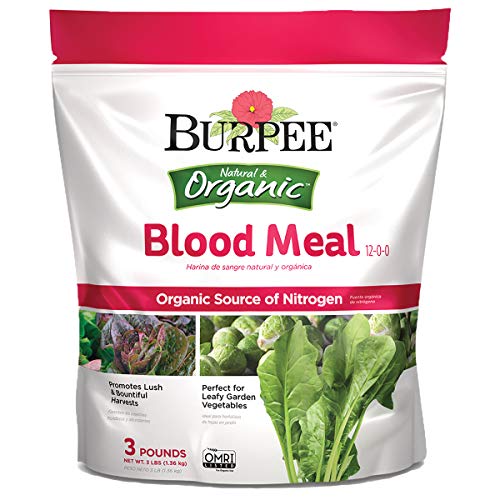
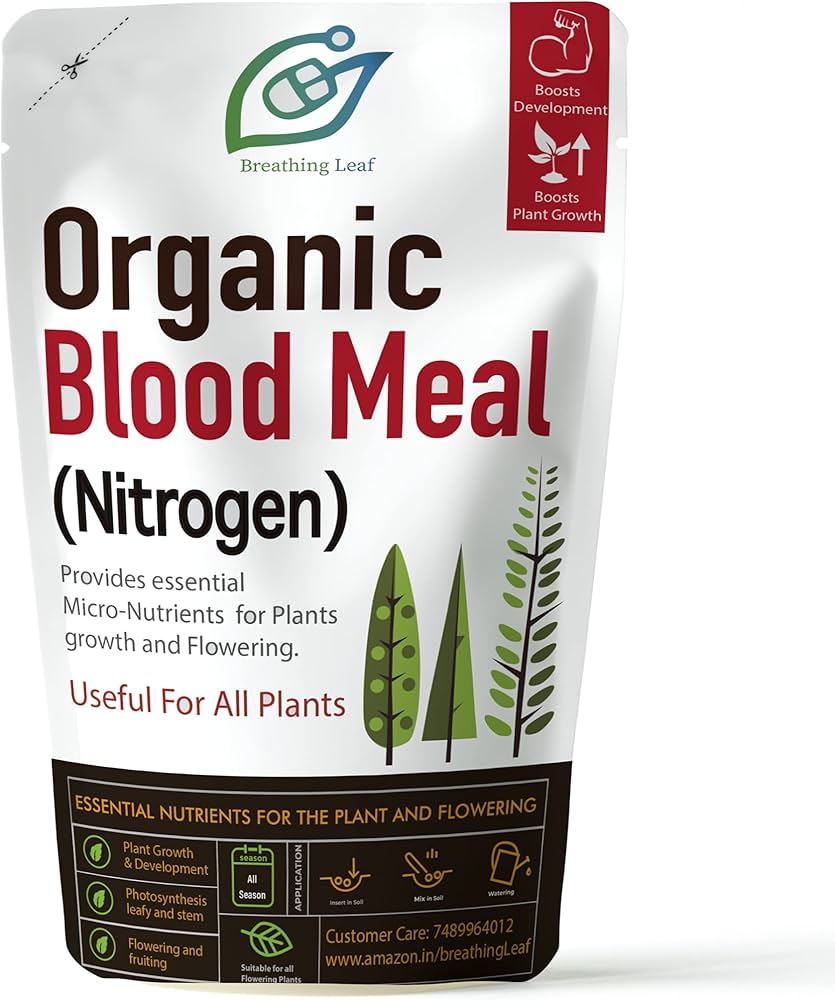
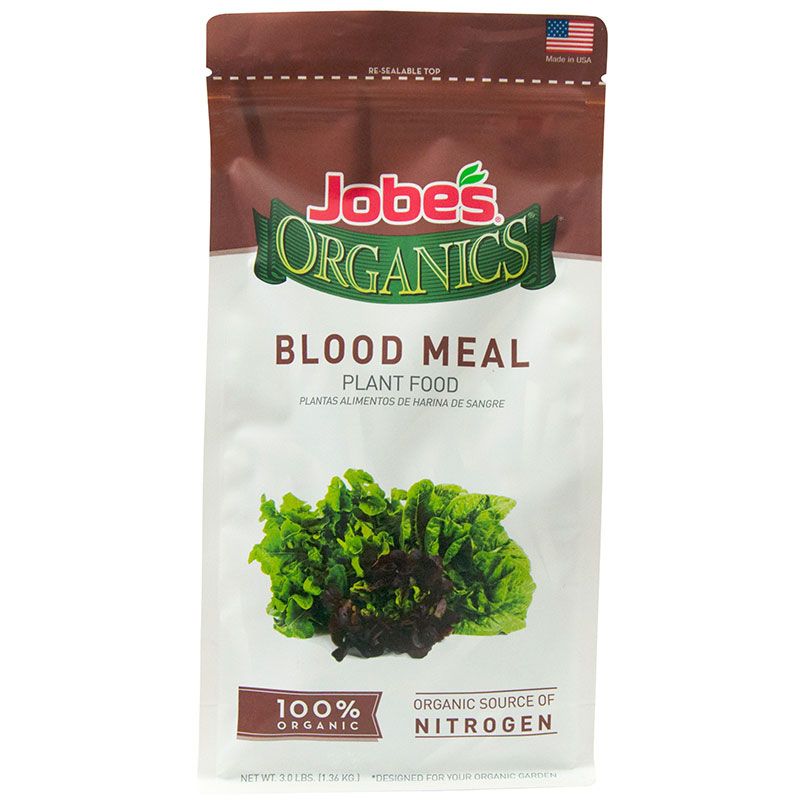
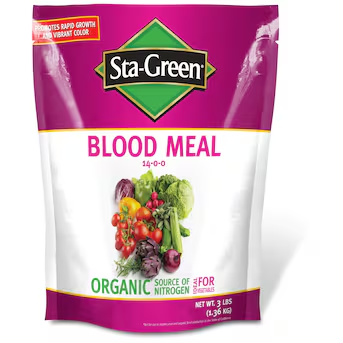
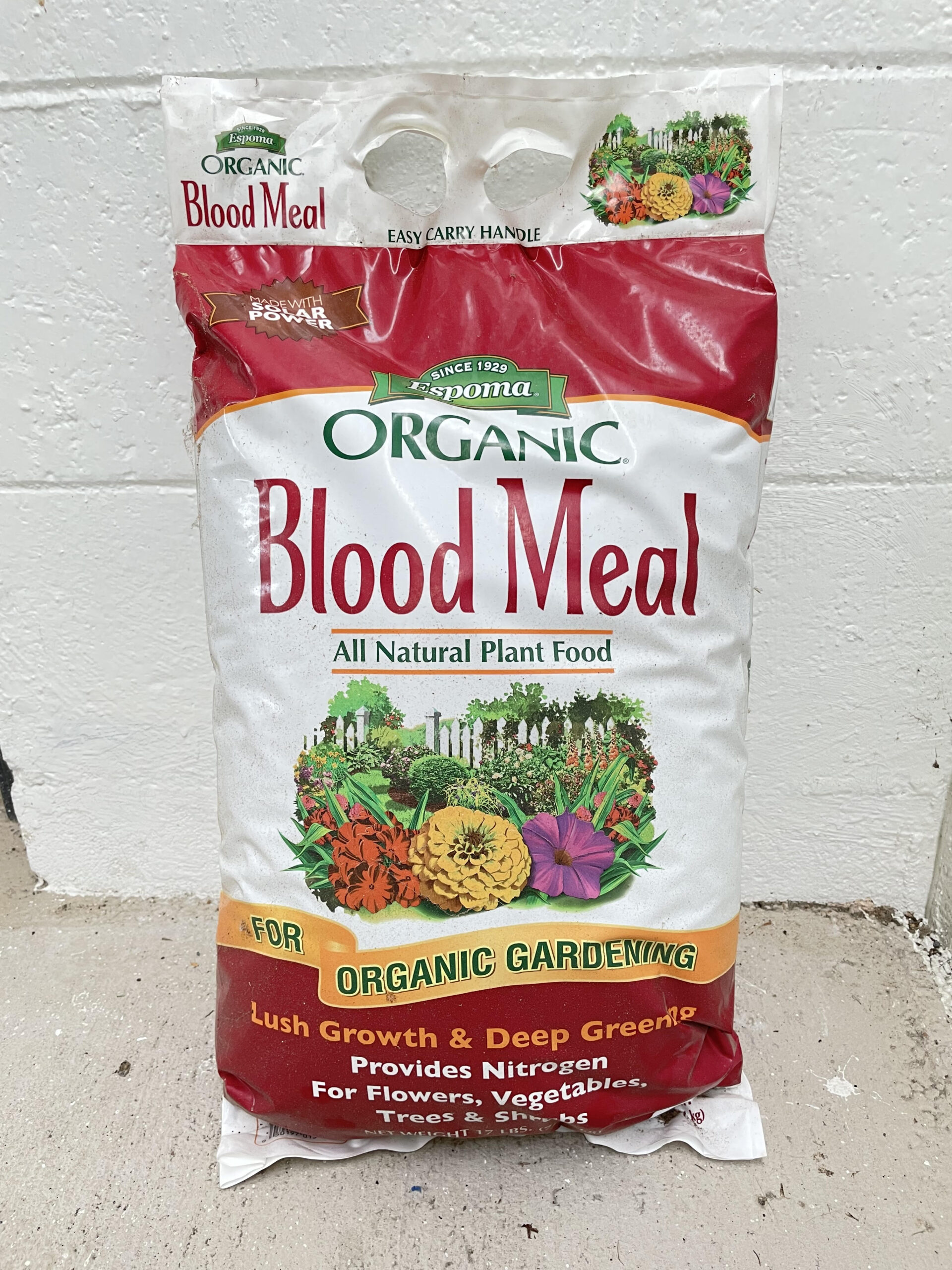

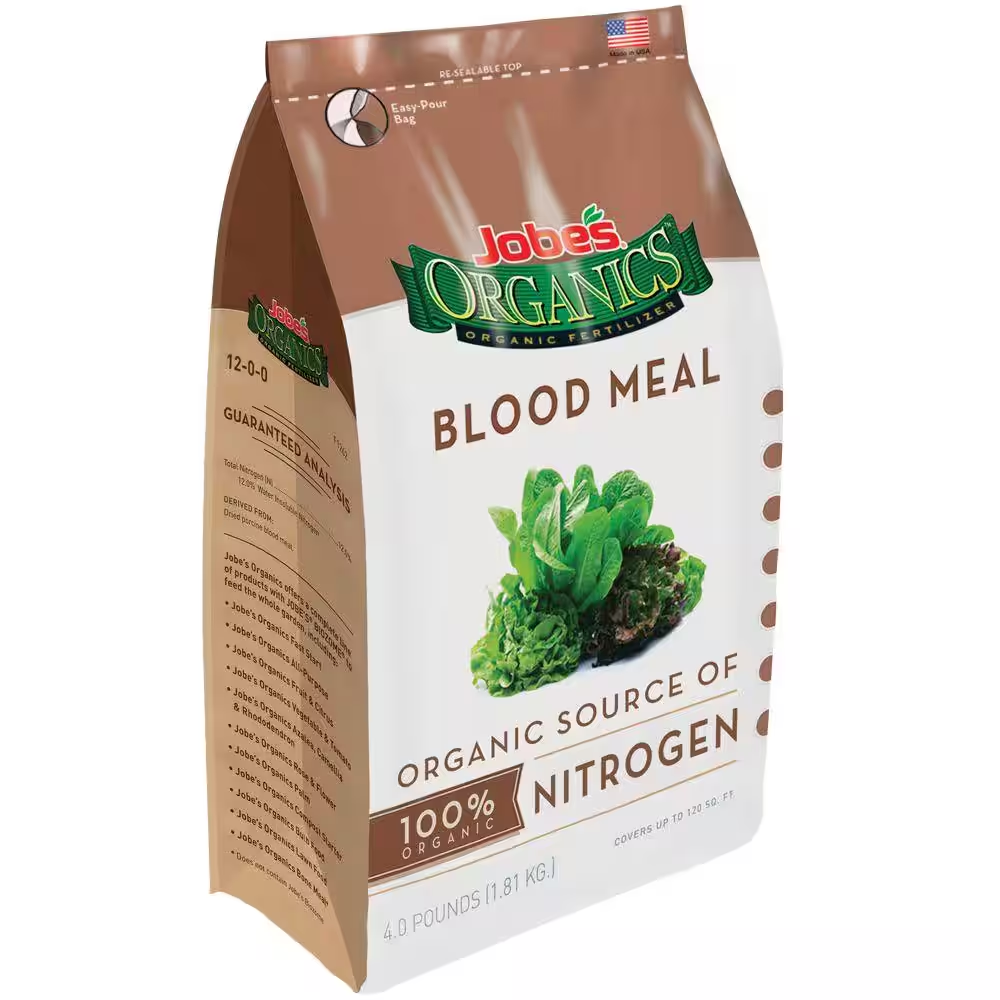






Reviews
There are no reviews yet.